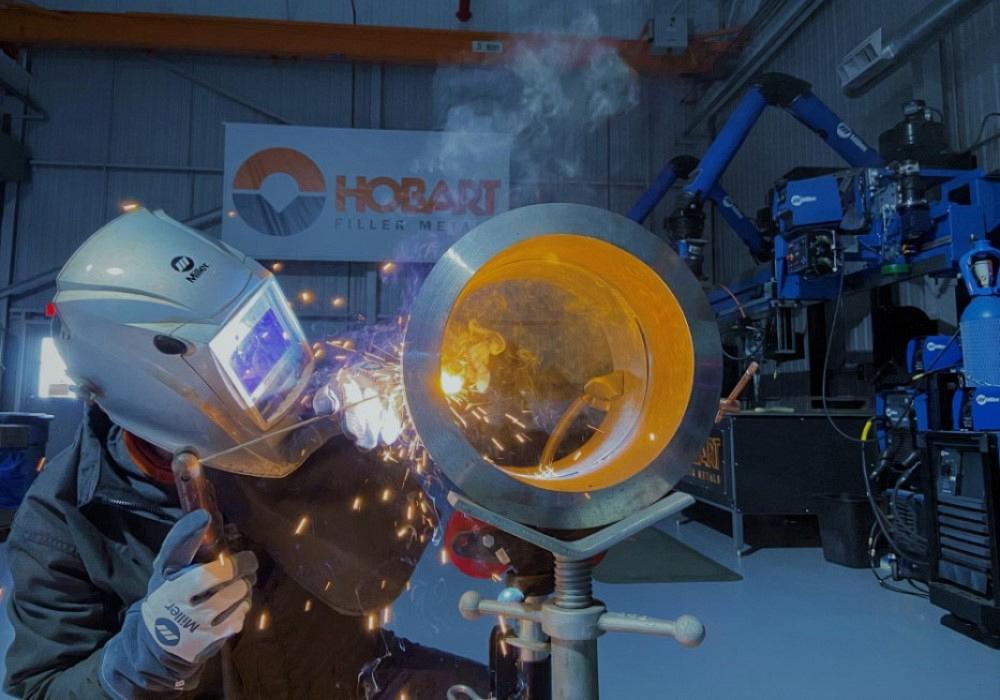Effective Ways to Prevent Weld Undercut in Your Welding Jobs
Wiki Article
Grasping the Art of Welding: Just How to Avoid Undercut Welding Issues for Flawless Manufacture Outcomes
By comprehending the origin creates of undercut welding and applying reliable techniques to prevent it, welders can elevate their craft to new levels of excellence. In the pursuit of flawless fabrication results, mastering the art of welding to avoid undercut issues is not just a skill but a necessity for those striving for perfection in their work.Understanding Undercut Welding

To stop undercut welding, welders must make certain correct welding criteria, such as readjusting the existing, voltage, traveling rate, and keeping the proper electrode angle. By recognizing the reasons of undercut welding and applying preventative actions, welders can attain high-grade, structurally audio welds.
Root Causes Of Undercut in Welding
Recognizing the aspects that add to undercut in welding is essential for welders to produce top quality, structurally sound welds. When the weld metal does not properly load the groove created between the base metal and the formerly deposited weld metal, damaging takes place. A number of elements can lead to damage in welding. One typical reason is excessive heat input. Welding at high temperature levels for extensive periods can result in the base steel melting greater than preferred, resulting in undercut. Poor welding present or incorrect welding rate can likewise contribute to damage. Insufficient current might not offer enough warm to melt the base and filler steels effectively, while extreme rate can protect against appropriate blend, triggering undercut. Additionally, inappropriate electrode angles or incorrect lantern manipulation strategies can create locations of low weld steel deposition, advertising undercut. Comprehending these reasons and executing correct welding methods can aid avoid damaging issues, making sure durable and strong welds.Strategies to Avoid Undercutting

To reduce the risk of undercutting in welding, welders can utilize critical welding techniques focused on improving the high quality and honesty of the weld joints. One reliable approach is to readjust the welding parameters, such as voltage, current, and travel speed, to guarantee appropriate warm input and deposition. Preserving an appropriate electrode angle and making certain regular traveling rate can additionally aid protect against undercut. In addition, making use of the proper welding strategy for the details joint arrangement, such as weave or stringer grains, can add to minimizing damaging. Preventing weld undercut.
Using back-step welding methods and regulating the weld bead account can also assist disperse heat equally and minimize the danger of undercut. Normal evaluation of the weld joint throughout and after welding, as well as implementing high quality guarantee measures, can help in resolving and discovering damaging concerns quickly.
Value of Correct Welding Parameters
Choosing and keeping appropriate welding specifications is necessary for attaining successful welds with minimal problems. Welding specifications describe variables such as web voltage, existing, take a trip speed, electrode angle, and shielding gas flow rate that directly affect the welding process. These specifications have to be carefully adjusted based on the kind of material being welded, its thickness, and the welding technique employed.Proper welding parameters guarantee the ideal amount of warm is put on melt the base metals and filler material uniformly. If the parameters are set too expensive, it can lead to excessive heat input, creating spatter, burn-through, or distortion. On the various other hand, if the criteria are as well low, incomplete fusion, absence of infiltration, or damaging may occur.
Quality Guarantee in Welding Workflow

Verdict
To conclude, grasping the art of welding requires a thorough understanding of undercut welding, its reasons, and methods to stop it. By making certain appropriate welding parameters and applying quality control techniques, perfect fabrication outcomes can be achieved. It is crucial for welders to regularly strive for quality in their welding operations to stay clear of undercut issues and generate premium welds.Undercut welding, a common flaw in welding processes, happens when the weld metal doesn't effectively fill up the groove and leaves a groove or clinical depression along the welded joint.To protect against undercut welding, welders ought to make certain proper welding criteria, such as adjusting the present, voltage, traveling speed, and preserving the proper electrode angle. Inadequate welding existing or incorrect welding rate can also add to damage.To mitigate the danger of damaging in welding, welders can employ tactical welding strategies intended at enhancing the high quality and honesty of the weld joints.In conclusion, mastering the art of welding needs a thorough understanding like it of undercut welding, its causes, and methods to avoid it.
Report this wiki page